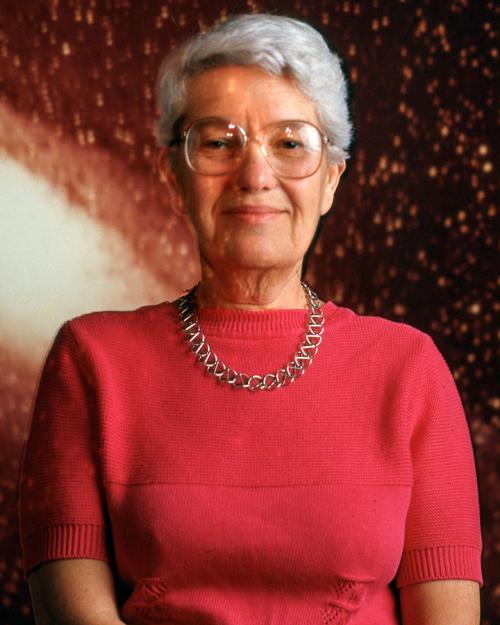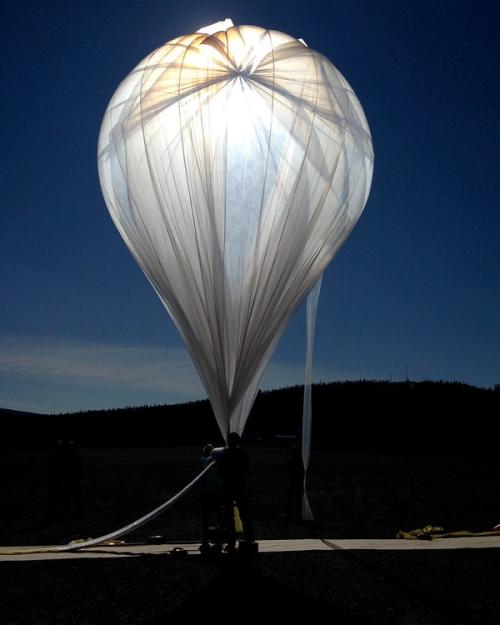U.S. officials have confirmed that a Chinese high-altitude balloon was able to gather intelligence from U.S. military sites and send the data back to Beijing, according to multiple media outlets.
Paul Lushenko is a lieutenant colonel in the U.S. Army and a senior policy fellow at Cornell University’s Tech Policy Lab. He says the revelation suggests several considerations for the evolving Sino-U.S. relationship.
Lushenko says: “Chinese officials have attempted to manage the diplomatic fallout by lying about the balloon’s malicious intent, consistent with how political leaders often approach global politics and crisis situations. In doing so, they have exacerbated a “security dilemma,” which is further stoked by flashpoints that are central to the bilateral relationship. These include China’s militarization of the South China Sea, a recent visit by Taiwan’s president to the United States, and China’s potential theft of U.S. citizens’ data from the popular social media application, TikTok.
“While the balloon takedown will not be a predicate to war, U.S. political officials have learned from the incident, especially because the Biden administration’s response was criticized as being indecisive. The legal precedent is now set, if it was not beforehand, for swift engagement of future spy balloons that breach the U.S. and its territories, and in terms of self-defense and/or a reprisal given a violation of international law.
“U.S. intelligence officials will continue to exploit the Chinese balloon’s payload to determine how to best counter similar acts of espionage in the future. This will likely include both passive and active countermeasures, including deception and jamming of Chinese electronic intelligence systems.”
For interviews contact Adam Allington: cell 231-620-7180, adam.allington@cornell.edu.




